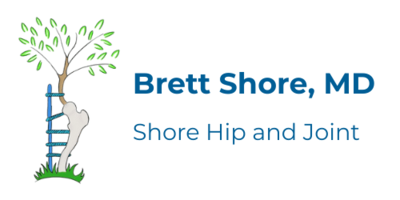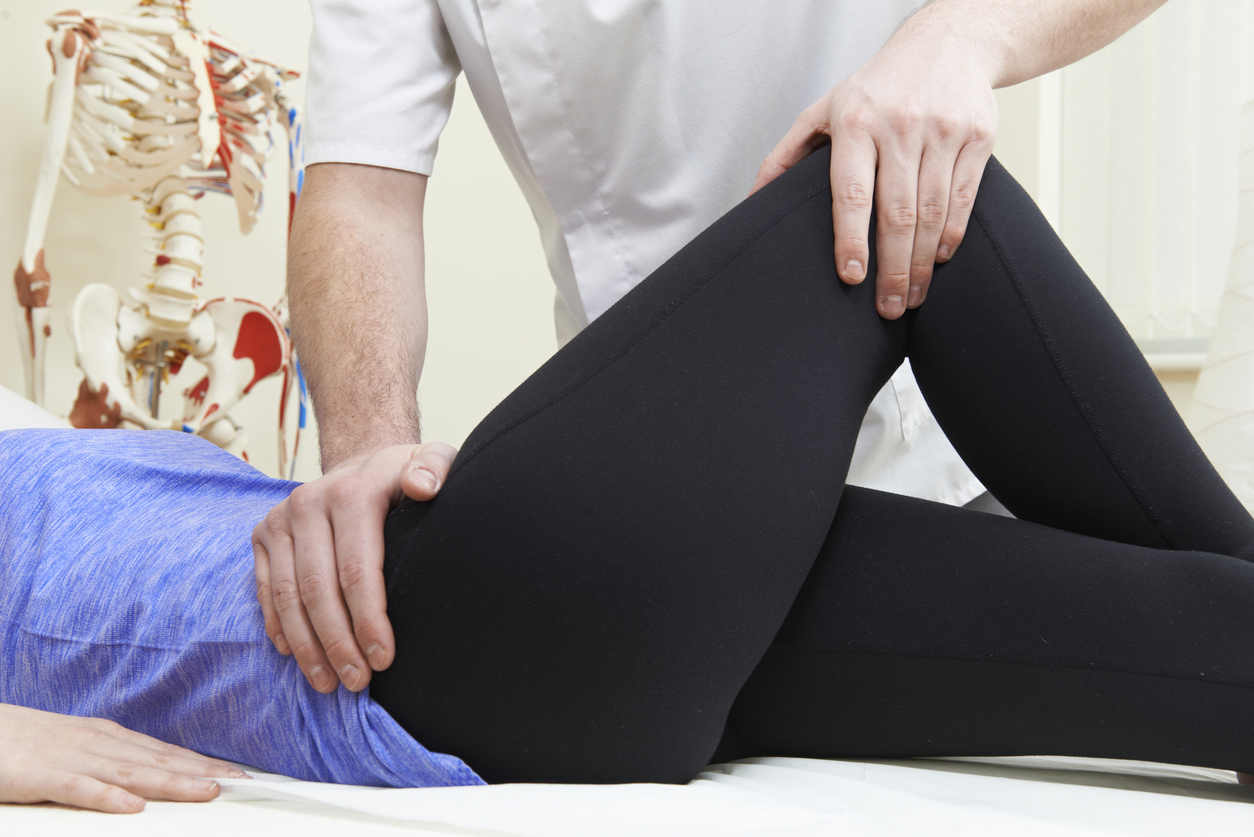Trochenteric Bursitis and Greater Trochanteric Pain Syndrome
Greater Trochanteric Pain Syndrome (GTPS) is a condition characterized by pain and tenderness at the lateral aspect of the hip, specifically at the greater trochanter of the femur. It is a degenerative condition that affects the gluteal tendons and bursa, often due to repetitive friction between the greater trochanter and the iliotibial band (ITB). GTPS is more common in females, particularly between the ages of 40 and 60, and can be associated with tendinopathy of the gluteus medius and/or minimus, with or without bursitis.
Symptoms of GTPS include lateral hip pain that may worsen with weightbearing activities, side lying at night, and may radiate down the lateral thigh. The pain can be sharp or intense initially but may become more of an ache over time. Difficulty walking, joint stiffness, swelling, and warmth of the hip joint are also common symptoms.
Risk factors for GTPS include overuse or stress on the hip, hip injury, being overweight, recovery after hip or leg surgery, having one leg longer than the other, bone spurs on the hip, arthritis, and other painful foot problems.
Diagnosis is primarily clinical, based on symptoms and physical examination, which may include palpation of the greater trochanter, movement tests, and observing the patient’s gait. Imaging such as X-rays, ultrasound, or MRI may be used to rule out other conditions or to assess the soft tissue structures.
Treatment for GTPS typically involves conservative measures such as rest, ice, non-steroidal anti-inflammatory drugs (NSAIDs), physical therapy, and activity modification. Corticosteroid injections may be considered for short-term pain relief. In cases where conservative treatments fail, surgical options like iliotibial band release or endoscopic trochanteric bursectomy may be considered.
Prevention strategies include stretching and strengthening exercises for the hip and surrounding muscles, maintaining a healthy weight, and avoiding activities that exacerbate the condition. It is important for patients to understand that GTPS can take 2 to 3 months or longer to resolve and that patient education and setting clear expectations are crucial for effective management.
GTPS is a common cause of lateral hip pain, particularly in middle-aged women, and is often successfully managed with conservative treatments. However, it can significantly impact quality of life and physical activity levels, and in some cases, may require surgical intervention.



